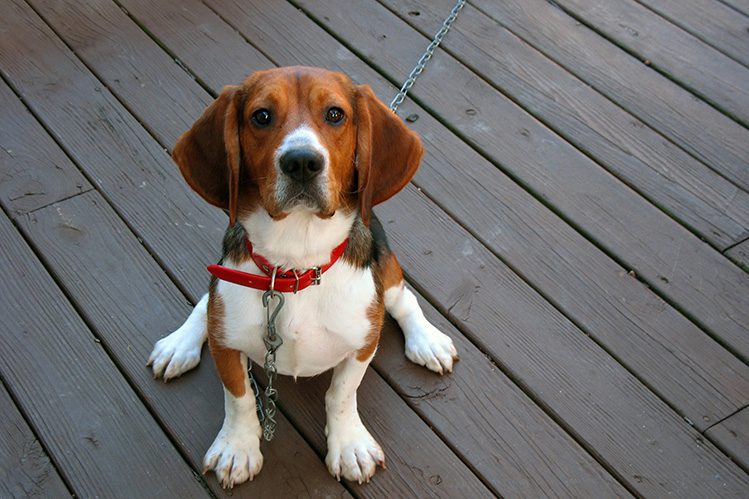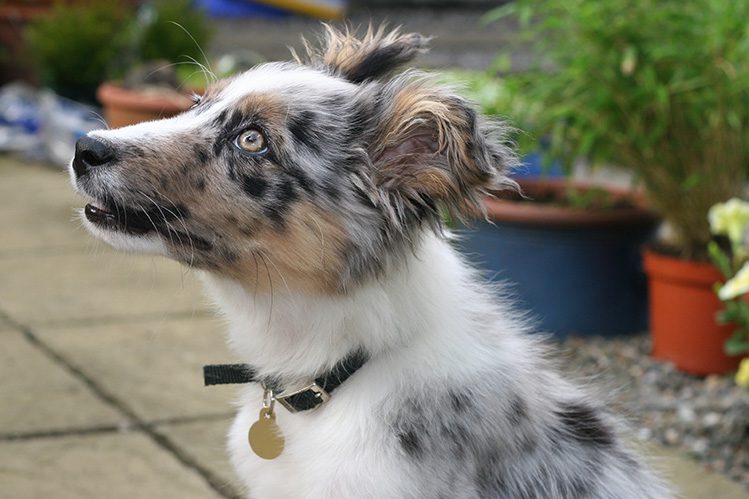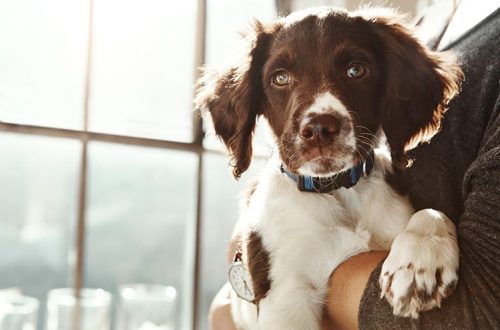
What should a puppy be able to do at 6 months?
From the outside, a six-month-old puppy may seem like an unintelligent baby. But with the right upbringing, he already knows all the basic commands and has great potential to learn new ones. We will talk about the basic skills of a 6-month-old puppy in our article.
The puppy gets acquainted with his nickname and several basic commands at the age of 3-4 months. He already knows the commands “Place!”, “Come!”, “Fu!”, knows how to walk on a leash, understands how to behave on the street and at home. At the age of 3 to 6 months, already familiar commands are worked out and fixed, and new ones are added to them.
At 6 months, a healthy puppy is very inquisitive and energetic, so new information is absorbed easily and quickly. Of course, a lot depends on the breed and individual characteristics of the puppy. For example, a Border Collie will be delighted with fetching, but an Akita Inu will treat it with impenetrable indifference. However, despite the individual characteristics, there are “mandatory” commands that the puppy must know for his own safety and for the safety of others.

In addition to the already familiar “Place!”, “No!”, “Fu!”, “Come to me!” and “Walk!”, up to 6 months the puppy also learns new commands:
“Beside!”
“Sit!”
“Lie!”
“Stand!”
“Wait!” (excerpt)
“Fetch!”
“Give me a paw!”
The first five commands are very helpful in dealing with the dog at home and on the street. They allow the owner to control the behavior of the pet and avoid many unpleasant incidents. The last two commands are, it would seem, entertaining in nature, but in fact they develop the dog’s ingenuity, teach teamwork, and even serve a practical purpose. For example, knowing the command “Give a paw!” makes washing paws after a walk much easier.
To master the commands, as before, the pet is helped by taste rewards, work with intonation, physical influences: pressing the palm on the croup (with the command “Sit!”), working with a leash, etc.

A well-bred six-month-old puppy already walks well on a leash, is not afraid of a muzzle, knows how to behave with people around him and four-legged comrades on the playground. Of course, sometimes he can “play pranks” (for example, execute this or that command not so conscientiously or even ignore it), but this is precisely what the subsequent development of skills is for. It is not enough to learn a command with a dog once. It is very important to work it out, and in various situations, to regularly revive and consolidate existing knowledge so that they are not forgotten.
Be demanding but friendly and never forget that you and your pet are one team! Have fun and successful training!





